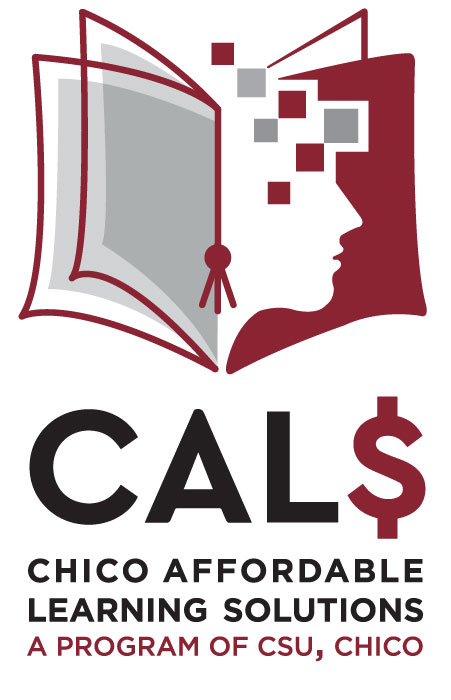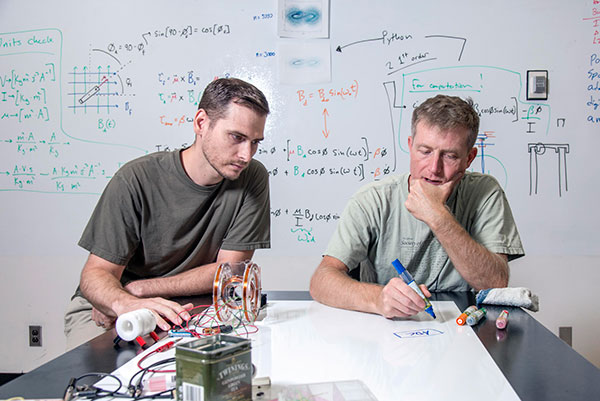CSU Affordable Learning Solutions(opens in new window)

Dr. Eric Ayars replaced the textbook (Giordano, 2005) traditionally used in his Computational Physics course, PHYS 312, with a textbook that he authored himself. After publishing book reviews in 3 different peer-reviewed journals about three different computational physics textbooks, Dr. Ayars decided to author his own Computational Physics textbook. From his book reviews, and from having taught the course numerous times, Eric had identified the strengths and weaknesses of the major textbooks on that subject matter, and what was lacking in the textbook market, especially for the needs of his own computational physics course. By writing his own textbook, he could address the weaknesses that he recognized, and incorporate strengths he found in other books. In addition, it allowed him to use the programming language that he preferred, Python, which no other text used or supported.
For others who might be interesting in authoring their own textbook, Dr Ayars used the technical writing tool LaTex http://www.latex-project.org(opens in new window). Dr Ayars said the LaTex, "really shines" for authoring books. The software automatically takes care of formatting for you and lets the author focus on the writing. He also praised LaTex for being open source software, which has huge advantages over formats like MS Word that become unreadable over time. "You will still be able to read it in 100 years. You don't have to worry about what versions of Word you are using."
Although students in course were provided free pdf copies of his book from the course web site, Ayars bought print copies of his text and offered them to his students for free if they agreed, "to bring a red pen to class every day and mark-up the book." By doing this, he was able to get a lot of feedback and editorial suggestions from, "a lot of interested editors."
Reference cited:
Giordano, N & Nakanishi, H, Computational Physics, 2005, 2nd edition.
Eric Ayars' Project Summary
Initial proposal idea for replacing current textbook or lowering textbook cost.
There is a need for a computational physics textbook specific to the Python language. None currently exist, to the best of my knowledge, so it is my intent to write my own and provide it at low cost to the students.
Savings, if you can estimate, to students overall.
Unknown, exactly. Previous textbooks for the course cost in the neighborhood of $90, and depending on the distribution method/form of the final product it's unlikely that the new book will cost anything close to this price. Wild guess: $75/student savings.
How you are complying with copyright law if using copyright protected materials?
I'm writing it, I retain copyright.
How you are addressing accessibility of course materials?
Electronic (.pdf) resources are easily magnified to high levels for the visually impaired, and existing software can also be used to read .pdf out loud.
